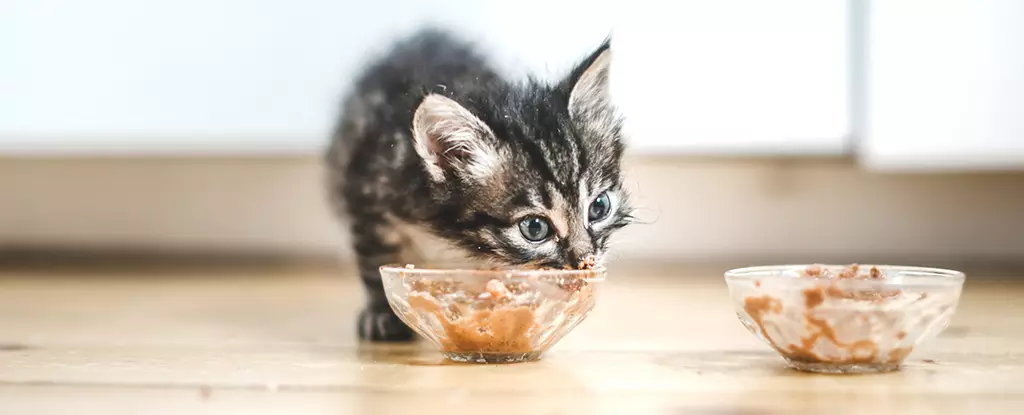In recent months, incidents involving cat deaths attributed to the H5N1 avian influenza virus have raised alarms among pet owners in Los Angeles County and beyond. With at least six cats confirmed dead and several more infected, the fear of this virus spilling over into domestic pets brings to light a new public health concern. The source of these infections primarily stems from raw pet food and raw milk, highlighting a larger issue surrounding pet diets and food safety.
The tragic case of a family losing two out of five of their beloved indoor cats illustrates the dangers associated with feeding pets raw diets. These cats became ill after consuming raw pet food, specifically a brand of commercially available raw food known as ‘Monarch Raw Pet Food,’ which has since been confirmed to contain live H5N1 virus particles. This situation underlines a crucial point: even indoor cats, thought to be safe from external pathogens, can fall victim to infections through their diets.
Four of the five cats in this household showed severe clinical symptoms, with two ultimately euthanized due to the dire state of their health. The immediate onset of these symptoms should serve as a warning to all pet owners regarding the potential hazards of feeding raw diets, which are often marketed as natural or healthier options.
In addition to the aforementioned household, another cat was confirmed to have contracted H5N1 after consuming raw pet food, reflecting a troubling trend. The overall situation amplifies concerns about the safety of raw diets for pets, especially as cases are beginning to appear across California and other states. The fact that five additional cats succumbed after drinking raw milk indicates that even human food can be a vector for potentially deadly pathogens.
The implications of these cases extend beyond just the pet-owner dynamic; they touch on biosecurity within the broader food supply chain. With H5N1 historically infecting poultry and wild birds, its presence in other animals raises the urgency of surveillance and preventive measures within livestock farming.
Despite the grim nature of these cases, health officials currently maintain that the risks to humans remain low. The Los Angeles County Department of Public Health (LACDPH) has stated that there’s no evidence of the virus spreading between cats, humans, or between species. Yet, the proximity of humans to infected animals—be it through handling, living in close contact, or coming into contact with contaminated environments—poses an increasing risk.
Statistics indicate that 66 confirmed human cases of H5N1 infections exist within the United States, with at least one fatality. The slight elevation in risk highlights the necessity for awareness and caution on the part of pet owners, who should remain vigilant about their pets’ health and well-being.
In light of these occurrences, LACDPH advises pet owners to adopt more stringent practices concerning animal diets. Suggestions include avoiding raw dairy, meat, and poultry products, which pose not only the risk of avian flu but also other health concerns. The practice of raw feeding has been increasingly scrutinized within veterinary circles, and the potential for contamination makes it a risky choice for pet owners.
Moreover, staying informed about food recalls is critical. The FDA’s website provides updates that can help pet owners avoid feeding their animals contaminated products—an essential step in preventing further infections.
Being aware of the symptoms associated with H5N1 in pets is equally important. Signs such as fever, lethargy, appetite loss, and respiratory issues should prompt immediate veterinary attention. The potential for rapid deterioration requires pet owners to act swiftly if they suspect an issue.
The recent spate of feline illnesses related to H5N1 serves as a potent reminder of the interconnectedness of animal health and public health. It highlights the urgent need for pet owners to scrutinize their purchasing choices and feeding practices. As our understanding of zoonotic diseases evolves, so must our approaches to pet care, ensuring that the love and concern we have for our animals are met with informed and careful responsibility. By adopting prudent measures, we can protect not only our pets but also ourselves from the unpredictable dangers of zoonotic infections.


Leave a Reply